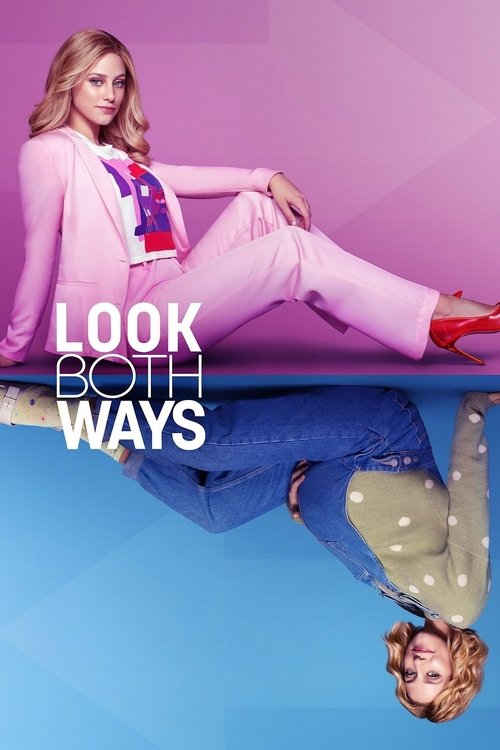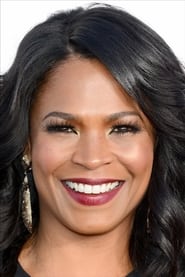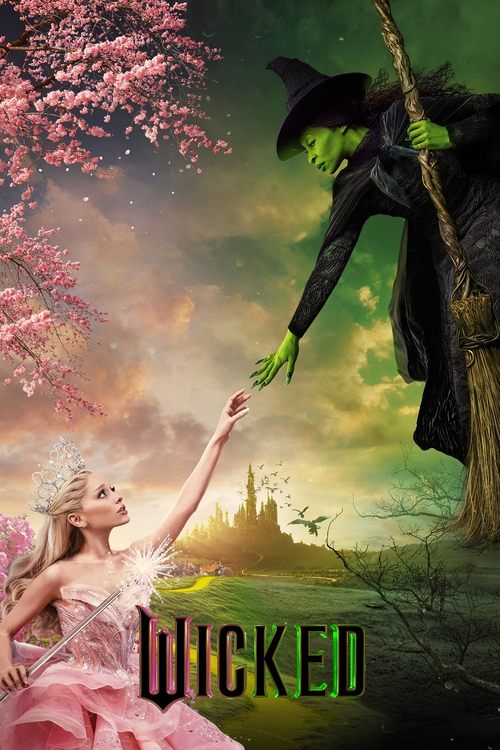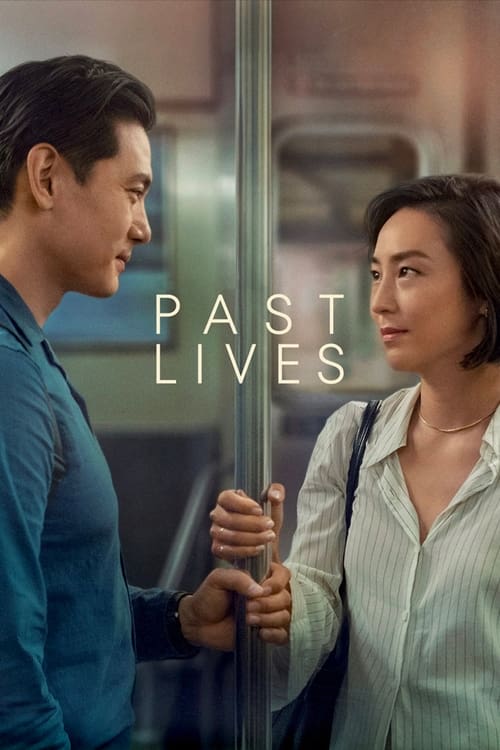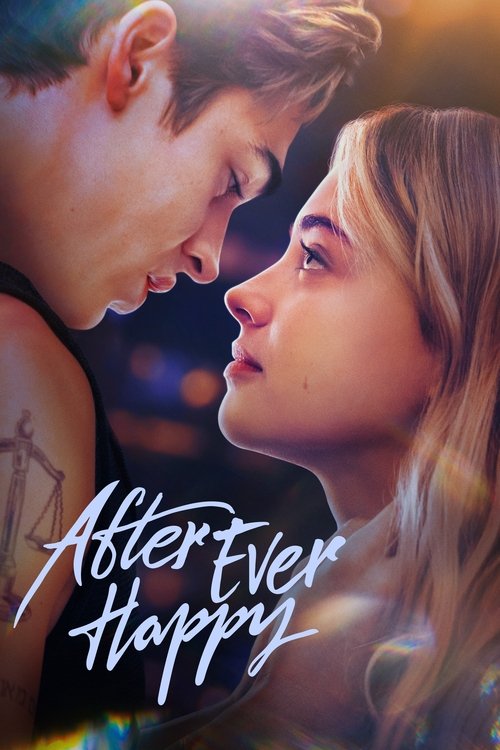
Ask Your Own Question
What is the plot?
What is the ending?
In the ending of "Look Both Ways," the two parallel storylines converge as Natalie faces the consequences of her choices. In one timeline, she embraces motherhood and the challenges that come with it, while in the other, she pursues her career ambitions. Ultimately, she finds a balance between her personal and professional life, leading to a sense of fulfillment.
Expanded Narrative:
As the film approaches its conclusion, we find Natalie at a pivotal moment in both of her parallel lives. In the first timeline, where she has become a mother, she is seen in her cozy, yet chaotic home, surrounded by the laughter and cries of her young child. The camera captures her exhaustion but also the warmth of her love. She navigates the challenges of parenthood, from sleepless nights to the joy of first steps. Despite the difficulties, there is a profound sense of purpose in her eyes, reflecting her deep connection to her child.
In contrast, the second timeline reveals Natalie fully immersed in her career. She is in a sleek office, surrounded by colleagues, brainstorming ideas for a major project. The atmosphere is charged with ambition and creativity. Natalie is confident, her passion for her work evident as she presents her ideas with enthusiasm. However, there is a lingering sense of something missing, a void that her professional success cannot fill. The camera lingers on her face, capturing fleeting moments of doubt and longing for something more personal.
As the two timelines progress, we see Natalie grappling with the choices she has made. In the motherhood timeline, she has a heartfelt conversation with her partner, discussing their dreams and fears. They share a moment of vulnerability, revealing their hopes for the future and the sacrifices they are willing to make for their family. This scene is filled with emotional depth, showcasing the love and commitment that binds them together.
Meanwhile, in the career-focused timeline, Natalie receives an unexpected call from her best friend, who is struggling with her own life choices. This moment serves as a catalyst for Natalie, prompting her to reflect on her own happiness and what truly matters to her. The juxtaposition of her friend's struggles against her own success highlights the theme of personal fulfillment versus societal expectations.
As the film nears its climax, both timelines begin to intertwine. Natalie realizes that she can embrace both aspects of her life. In the motherhood timeline, she finds support from her partner and friends, allowing her to pursue her passions while being a devoted mother. In the career timeline, she makes a bold decision to prioritize her well-being, stepping back from a high-pressure project to focus on what brings her joy.
The final scenes depict Natalie standing at a crossroads, both literally and metaphorically. She is seen walking down a street, contemplating her future. The camera captures her deep breaths, symbolizing her acceptance of the complexities of life. In a moment of clarity, she smiles, embodying a newfound sense of balance and peace.
In the closing moments, we see Natalie in both timelines, now harmoniously intertwined. In the motherhood timeline, she is at a park, laughing with her child, while in the career timeline, she is confidently presenting her ideas, now infused with a sense of purpose that transcends mere ambition. The film concludes with Natalie embracing her multifaceted identity, illustrating that life is not about choosing one path over another but rather finding a way to navigate both with grace and authenticity.
The fates of the main characters are intertwined with Natalie's journey. Her partner, who has been supportive throughout, finds joy in their shared life, while her best friend learns to confront her own challenges, inspired by Natalie's choices. The film ends on a hopeful note, emphasizing the importance of love, support, and the courage to embrace life's uncertainties.
Is there a post-credit scene?
In the movie "Look Both Ways," there is no post-credit scene. The film concludes its narrative without any additional scenes or content after the credits roll. The story wraps up with a focus on the main character, Natalie, and her journey of self-discovery and the choices she faces, leaving the audience with a sense of closure regarding her experiences and the paths she has taken.
What are the two different paths that Natalie experiences in Look Both Ways?
In 'Look Both Ways', Natalie experiences two distinct life paths based on a pivotal moment: one where she becomes pregnant after a one-night stand with her friend Gabe, and another where she does not become pregnant. Each path explores her personal growth, relationships, and career aspirations, showcasing how her choices shape her life.
How does Natalie's relationship with Gabe evolve in the two different scenarios?
In the path where Natalie becomes pregnant, her relationship with Gabe deepens as they navigate the challenges of impending parenthood, leading to moments of vulnerability and connection. Conversely, in the path where she does not get pregnant, their relationship remains more platonic and complicated, as they both pursue their individual dreams, highlighting the tension between friendship and romantic feelings.
What role does Natalie's family play in her decision-making throughout the film?
Natalie's family, particularly her supportive parents, play a significant role in both scenarios. In the pregnancy path, they provide emotional support and guidance as she faces the realities of motherhood. In the other path, they encourage her independence and career ambitions, reflecting the contrasting influences of family dynamics on her choices.
How does Natalie's career aspirations differ in the two paths?
In the path where Natalie becomes pregnant, her career aspirations take a backseat as she grapples with the responsibilities of motherhood, leading her to reassess her goals. In the alternate path, she fully pursues her ambitions in the animation industry, showcasing her creativity and determination, ultimately leading to a more fulfilling professional life.
What are the key emotional moments that define Natalie's character development?
Key emotional moments for Natalie include her initial shock and fear upon discovering her pregnancy, which leads to a profound transformation as she learns to embrace motherhood. In the alternate path, her struggles with self-doubt and the pressure to succeed in her career highlight her resilience and growth, culminating in a powerful realization of her own strength and identity.
Is this family friendly?
"Look Both Ways," produced in 2022, is a film that explores themes of life choices, relationships, and the impact of unexpected events. While it is generally suitable for a family audience, there are some potentially objectionable or upsetting aspects that may affect children or sensitive viewers:
-
Pregnancy and Parenthood: The film deals with the realities of unexpected pregnancy, which may include emotional struggles and discussions about parenthood that could be complex for younger viewers to understand.
-
Emotional Turmoil: Characters experience significant emotional challenges, including anxiety, fear of the future, and the stress of making life-altering decisions. These themes may resonate deeply and could be distressing for some.
-
Relationship Conflicts: There are scenes depicting relationship tensions and conflicts, which may include arguments or misunderstandings that could be uncomfortable for younger audiences.
-
Life Choices and Consequences: The film presents various life paths and the consequences of choices made, which may provoke thought but could also lead to feelings of uncertainty or sadness.
-
Visual Depictions of Stress: Some scenes may visually represent stress or anxiety, which could be unsettling for sensitive viewers.
Overall, while "Look Both Ways" offers valuable life lessons and relatable experiences, parents may want to consider these elements when deciding if it is appropriate for their children.

